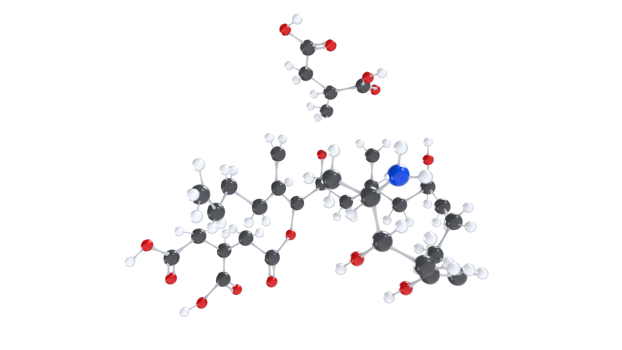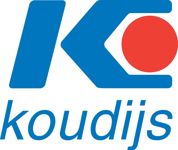Minimizing risk of mycotoxins
Avoidance
Avoid damage to grains, buy grains free of mycotoxins.
Properly store raw materials and feed in dry, not too warm conditions
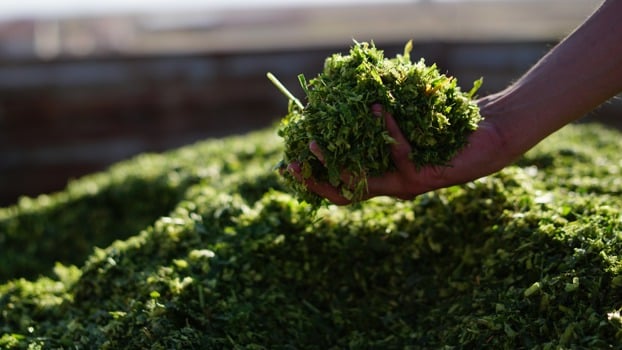
In case of exposure
De-activation in cases of acute contamination
Determine which mycotoxins are present and at what levels
Apply the appropriate MycoGuard product and dosage to your feed
Mitigation in cases of chronic contamination
Determine which mycotoxins pose the biggest risk
Apply the appropriate MycoGuard product and security dosage
De-activation methods
MycoGuard products use a combination of three mitigation methods to de-activate mycotoxins and support animal health and performance. De-activation method depends on the chemical properties of the mycotoxin.
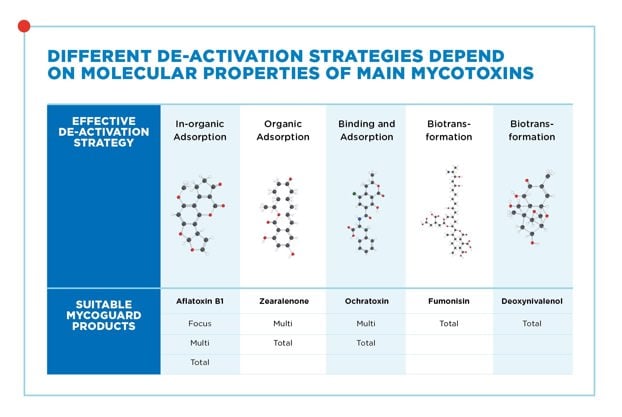
Inorganic adsorption
Bentonite clays can adsorb polar, smaller size aflatoxins in between clay layers. Various bentonites have different chemical properties which determine their capacity and speed of aflatoxin adsorption. Sodium bentonite clay C shows the strongest adsorption, followed by magnesium bentonite F. Strong adsorption means the aflatoxin is captured between the clay layers and is therefore de-activated. Adsorption speed is also important. In tests, magnesium bentonite F showed the highest affinity resulting in fast adsorption.
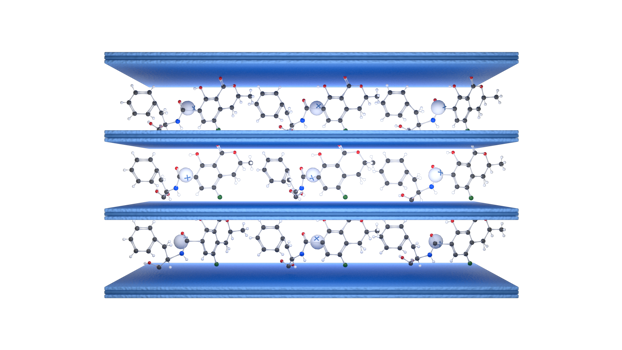
Organic binding
Yeast cell walls with high levels of ß-glucans are highly effective in binding mycotoxins. The helix structure of ß-glucans is a key factor in this process. The flexibility of cell walls with ß-glucans also plays a role in effective binding. Zearalenones and ochratoxins have the highest affinity for binding with yeast cell wall ß-glucans due to their ability to fit within the helix structure and stay firmly in place.
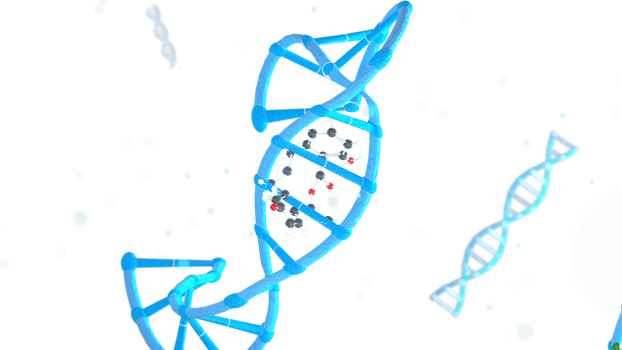
Bio-transformation
Various enzymes produced by a Saccharomyces yeast strain transform mycotoxins into less harmful or non-toxic metabolites. These enzymes are particularly effective against fumonisins and deoxynivalenol, preventing harmful effects on gut health.
